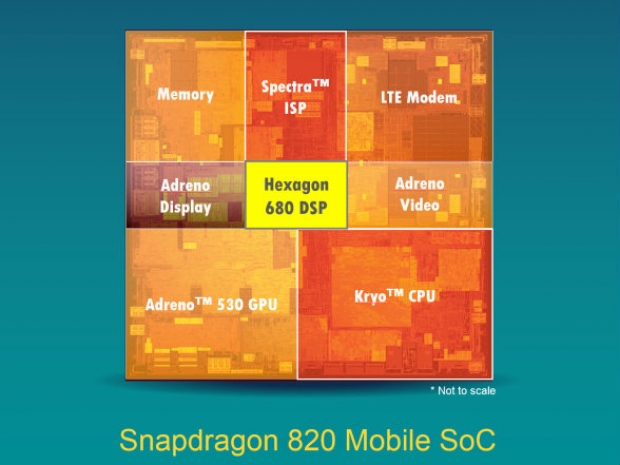The company used the Hot Chips conference to talk about Hexagon 680 Digital Signal Processor. The part offloads some tasks from the CPU to carry out specific tasks faster. This means it consumes less CPU time.
Recently the Hexagon DSP was engineered to double MP3 playback battery life on the Nexus 5.
Hexagon 680 has two main new features. The first is a separate DSP for sensor processing. According to Qualcomm's senior marketing manager Adam Kerin:
The “low power island” is improve the battery life of always-on use cases, including step or activity counters as well as sensor-assisted positioning (using your phones’ sensors to provide more accurate location when you don’t have a strong GPS signal).
The second feature uses the new HVX (Hexagon Vector eXtensions) for advanced imaging and computer vision. To take advantage of this HVX has to be paired with Qualcomm Spectra camera ISP.
For example the Snapdragon 820 uses Image Signal Processor (IPS) and Digital Signal Processor (DSP) to adaptively brighten areas. This technique is used for video and snaps that would otherwise be too dark.
Most $149 and above phones take decent photos in the daylight but most high end phones fail to take decent snaps in low light. 
With Hexagon 680, the Snapdragon 820 performs this several times faster and with only 10 per cent of the power.
This means longer battery life when taking photos. Traditionally the phone gets hot when taking pictures or video as all the computation that it needs to do is intensive.




